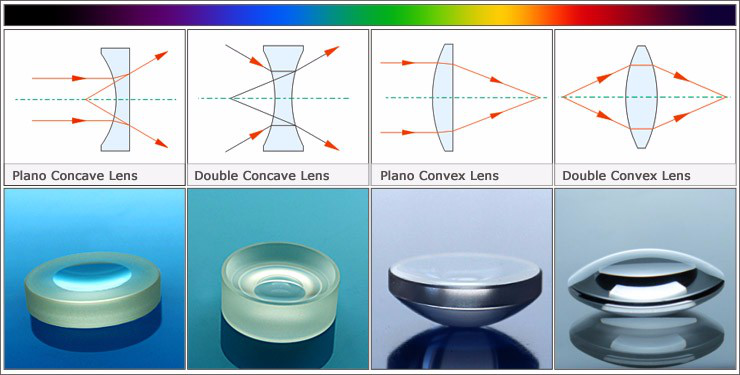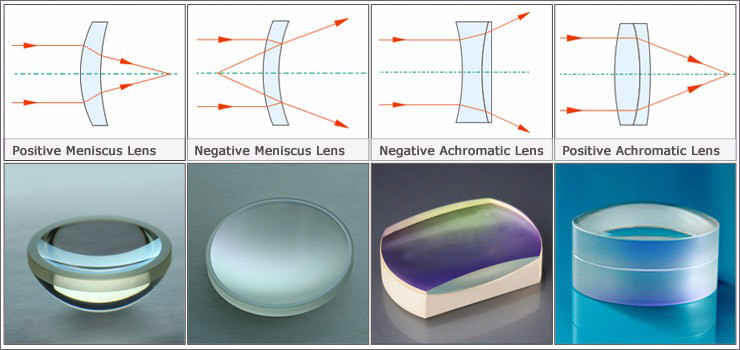Seven is a symbol of auspiciousness in China. As a symbol of many children and many blessings, the seven sons have been deeply rooted in the hearts of the people. In fact, the regulation of the seven sons began in the Qing Dynasty. The "Daqing Association Code" contains: "The 13th year of Emperor Yongzheng (AD 1735) was approved. The Yunnan merchant tea is a tube of seven rounds and weighs fourty-two. Today 3.6 jin), taxation of silver one point, every jin to give a lead, should be tea thirty-two cylinders as a reference, each taxation of silver three money two points. In the thirteen years from the beginning, awarded to tea Three thousand.†Here, the Qing government stipulated that Yunnan Tibetan tea was a seven-child tea, but there was no such reference at the time.
At the end of the Qing Dynasty, due to the increasing "shape" of tea, such as the Xiaowuzi round tea appeared in Baosen Tea House, in order to distinguish, each of the seven round tea packaging forms is called "seven children round tea", but it Not a product or brand name. In the early years of the Republic of China, in the face of the chaos of tea cakes and the pressure of competition, some regions established tea chambers to try to unify. For example, the Simao Tea Chamber of Commerce agreed in the Republic of China about ten years: the bottom of each round tea should not exceed 6 or 2, but the "Lei Yongfeng" with rich financial background and political background produces 8 rounds of 8 rounds per round. "Tea, under unfair competition, market share has increased dramatically.
After the liberation, the tea state-owned, each tea factory owned by Yunnan Tea Company used the trademark of China Tea Company to produce “Chinese Tea Brand†round tea. Its trademark use period is from March 1, 1952 to February 28, 1972. Therefore, in the early 1970s, Yunnan Tea Import and Export Corporation hoped to find a more appealing and more conducive name for publicity and promotion. They changed the “circle†to “cake†and formed the auspicious name “Seven-Piece Teaâ€. Since then, the tea brand has faded out, and the title of the round tea has also withdrawn from the stage, which has made the seven sons' cakes dominate the tea tyrant.
The "seven rounds and one tube" was originally a standard set by the Qing government for standard measurement and standardization of production and transportation. It only had a normative role in the early and middle periods of the Qing Dynasty and the post-liberation planned economy era. Once in the liberalized market, in addition to the brand value, the meaning of the quality and weight it represents is blurred. Four teas and Wufu teas have already existed. It is difficult to guarantee that there will be no tea products such as gossip and Jiugong in the future. The banner of the seven-piece cake can still float for a long time, which is worrying.
Optical Lenses are optical components designed to focus or diverge light. Optical Lenses, which may consist of a single or multiple elements, are used in a wide variety of applications from microscopy to laser processing.
Worldhawk can supply high precision Plano Convex Lens, Double Convex Lens , Plano Concave Lens, Double Concave Lens, Meniscus Lens , Achromatic Lens and Aspheric Lens.
Optical glass lenses have a wide variety of applications. Germanium (Ge), Silicon (Si), or Zinc Selenide (ZnSe) lenses are ideal for transmitting the Infrared (IR) spectrum, while Fused Silica is well suited for the Ultraviolet (UV).


Concave Lens,Plano Concave Lens,Concave Cylindrical Lens,Plano Concave Lenses
ChangChun Worldhawk Optics Co.,Ltd , https://www.worldhawk-optics.com